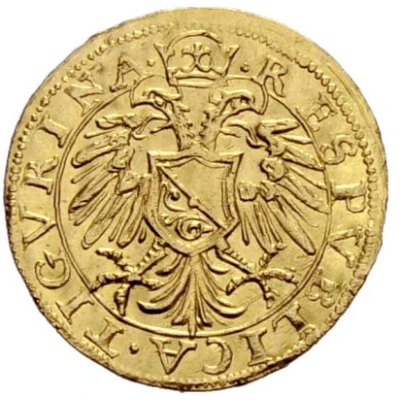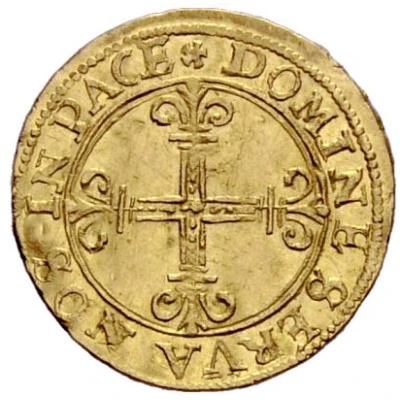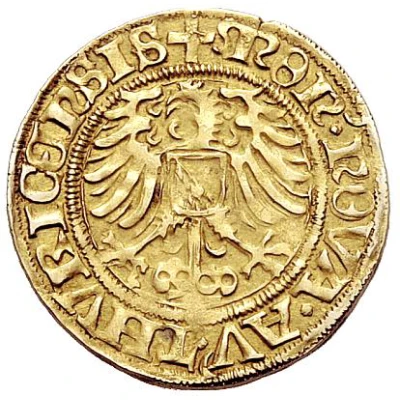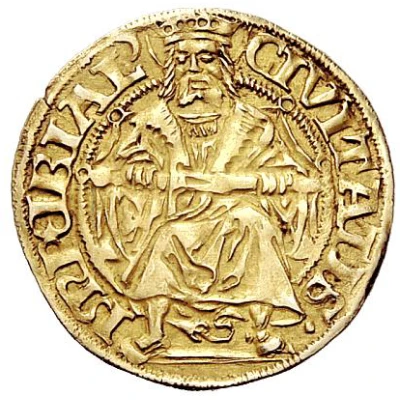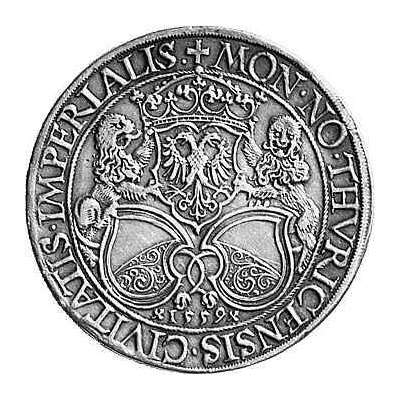
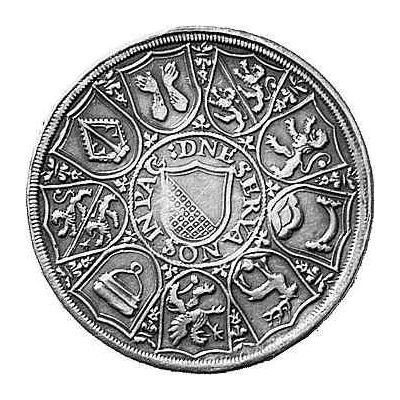

© Leu Numismatik
2 Thalers
1559 year| Silver | 57 g | 43 mm |
| Issuer | City of Zürich |
|---|---|
| Period | Free imperial city (1218-1648) |
| Type | Standard circulation coin |
| Year | 1559 |
| Value | 2 Thalers |
| Currency | Thaler (1500-1561) |
| Composition | Silver |
| Weight | 57 g |
| Diameter | 43 mm |
| Shape | Round |
| Demonetized | Yes |
| Updated | 2024-10-08 |
| Numista | N#242525 |
|---|---|
| Rarity index | 100% |
Reverse
Spanish Shield in the centre with the coat of arms of Zürich. Wreath with nine leaves around. Nine Spanish shields with the coats of arms of the bailiffs of Kyburg, Grüningen, Regensberg, Eglisau, Greifensee, Andelfingen, Knonau, Wädenswil, and Laufen.
Script: Latin
Lettering: DNE SERVA NOS IN PAC :
Translation:
Latin (unabridged): Domine conserva nos in pace.
English: God, preserve us in peace.
Comment
Mintmaster: Hans Jacob I. Stampfer (1558-1563)Varieties of this type are known to exist:
• Variant 1559 (Hürlimann 403)
Obverse legend: · 1559 ·
Reverse: Coat of arms of Knonau (hermine hat with cord of the Meyer von Knonau) in seventh position, after Andelfingen (two rampant lions and a star in a shield divided diagonally).
Weight: 56.74-57.38 g (Hürlimann)
Diameter: 43.6-43.8 mm (Hürlimann)
⸰ Example #1:
Auctioned by Leu Numismatik AG, Auction 82, 23 October 2001, Lot 287.
© Leu Numismatik AG
• Variant 1559 (Hürlimann 404)
Obverse legend: ❧ 1559 ❧
Reverse: Coat of arms of Knonau in sixth position, before Andelfingen (two rampant lions and a star in a shield divided diagonally).
Weight: 57.21-57.84 g (Hürlimann)
Diameter: 41.2-42.9 mm (Hürlimann)
⸰ Example #1:
Auctioned by Leu Numismatik AG, Auction 82, 23 October 2001, Lot 297.
© Leu Numismatik AG
Interesting fact
The 2 Thalers 1559 coin from the City of Zürich was minted during a time when the city was part of the Old Swiss Confederacy, a political union of Swiss cantons that lasted from the late medieval period to the early modern period. The coin's design features the coat of arms of the City of Zürich, which includes a shield with a cross and three crowned lions, symbolizing the city's connection to the Holy Roman Empire.
